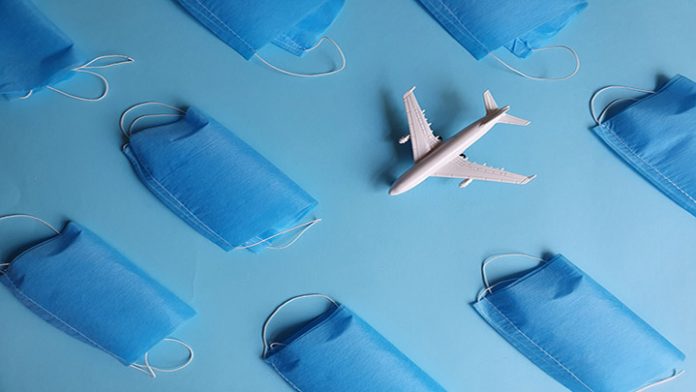The International Air Transport Association (IATA) has welcomed the release by the European Aviation Safety Agency (EASA) and the European Centre for Disease Prevention and Control (ECDC) of the COVID-19 Aviation Health Safety Protocol guidelines for the safe restart of air transport in Europe. However, a successful restart relies on a harmonised implementation across Europe.
The EASA and ECDC guidelines are aligned with recommendations provided by both the airline and airport sector for a layered approach of temporary measures to protect public health while allowing viable air services to help drive the European economic recovery.
But the guidelines will only be effective if all European states deliver a harmonised implementation and mutually recognise each other’s efforts. Failure to do so would harm public confidence in the aviation system, with negative consequences for the economy, and jobs.
Key measures in the EASA guidelines include:
- Physical distancing at the airport should be maintained. Terminal infrastructure, such as with baggage drop and claim, and at security, should be optimised to prevent queuing
- The wearing of masks at all times in the airport and on board is recommended, as is provision of appropriate personal protective equipment to staff
- Enhanced cleaning procedures in both the airport and aircraft are recommended, especially for frequently touched surfaces
- Where allowed by the passenger load, cabin configuration and mass and balance requirements, airlines should ensure, to the extent possible, physical distancing among passengers. Family members and individuals travelling together as part of the same household can be seated next to each other
IATA says, “EASA and ECDC has delivered a sensible framework for restarting aviation while protecting public health. The guidance is clear that while airlines should seek to maintain physical distancing where practicable, flexibility on seating arrangements is permitted. And quarantine requirements are not necessary. But it is absolutely essential that all European states apply these guidelines in a harmonised and mutually recognised way. Local deviations and exceptions will damage public confidence and make it harder to operate effectively.”
EASA explains that the recommended measures will be regularly evaluated and updated in line with changes in knowledge of the risk of transmission as well as with development of other diagnostic or preventive measures.
The EASA and ECDC guidelines will make an important contribution to the discussions being held by the International Civil Aviation Organization COVID-19 Aviation Recovery Taskforce (ICAO CART) tasked with developing the global standards needed for the safe re-start of aviation.
Within the airport sector, another key document (“Safely Restarting Aviation: ACI and IATA Joint Approach”) has been published. The 31 CEOs of the IATA Board of Governors have agreed on a declaration of five principles for re-starting aviation, which are:
- Aviation will always put safety and security first
- Aviation will respond flexibly as the crisis and science evolve
- Aviation will be a key driver of the economic recovery
- Aviation will meet its environmental targets
- Aviation will operate to global standards that are harmonised and mutually recognised by government








 ©2024 All rights reserved LaingBuisson
©2024 All rights reserved LaingBuisson 


